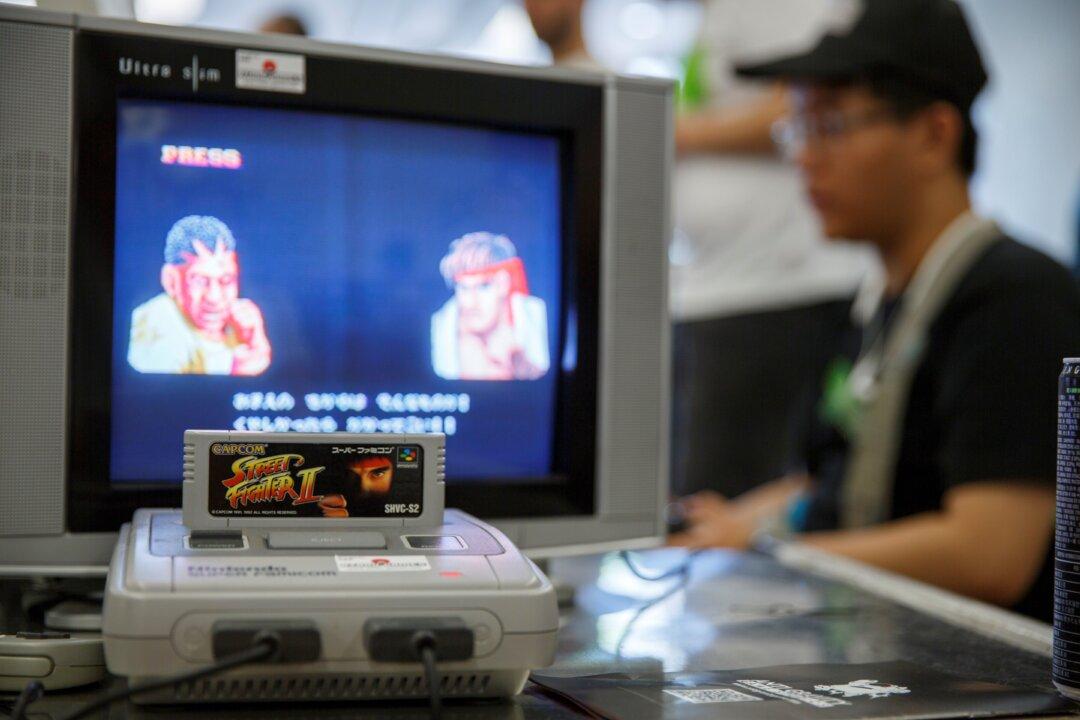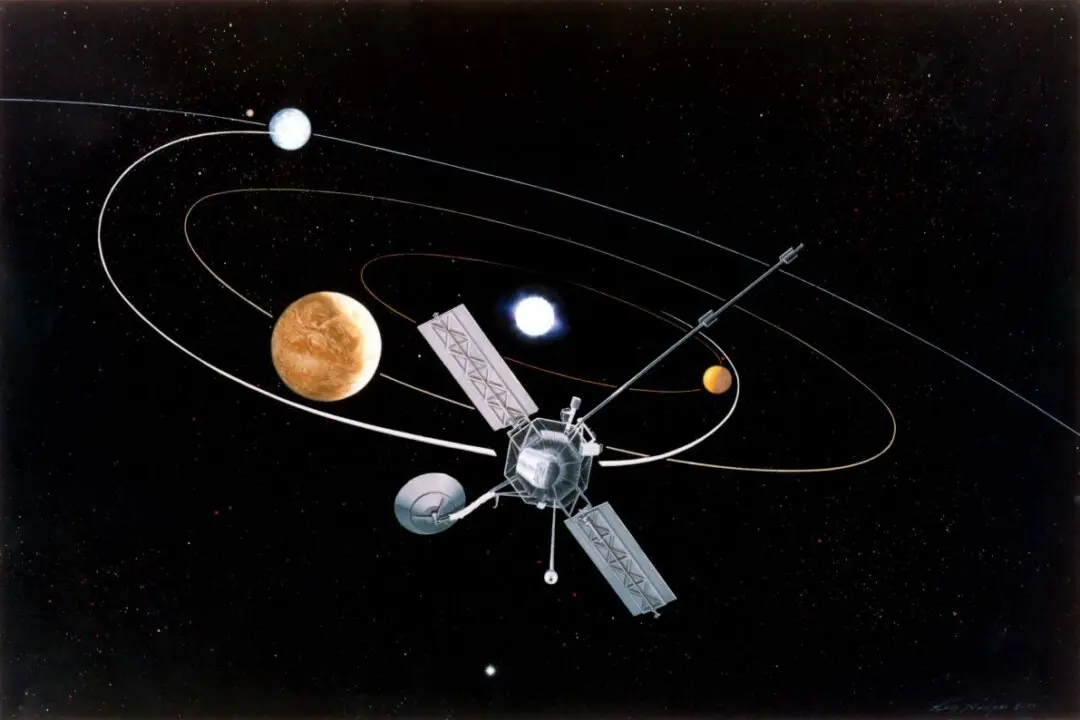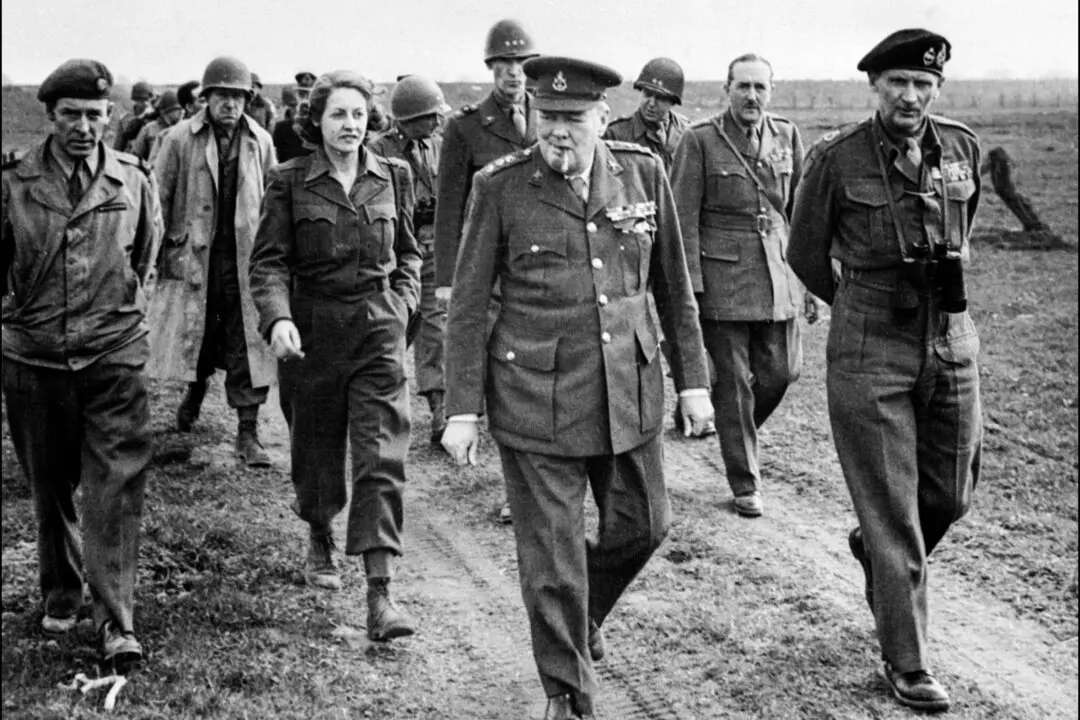Space Invaders! Pong! Computer Space! Those are some of the video games that people might consider being the first video games produced. Those three, released in 1978, 1972, and 1971, respectively, however, are relatively late in the creation of the first video game. In fact, the first was actually patented in 1948, though it has somewhat been lost to history.
Thomas T. Goldsmith Jr. (1910–2009) was born in Greenville, South Carolina, to an insurance broker and a concert pianist. As a teenager, he became interested in radio technology, even building his own crystal radio sets, which were primitive radio signal receivers.






